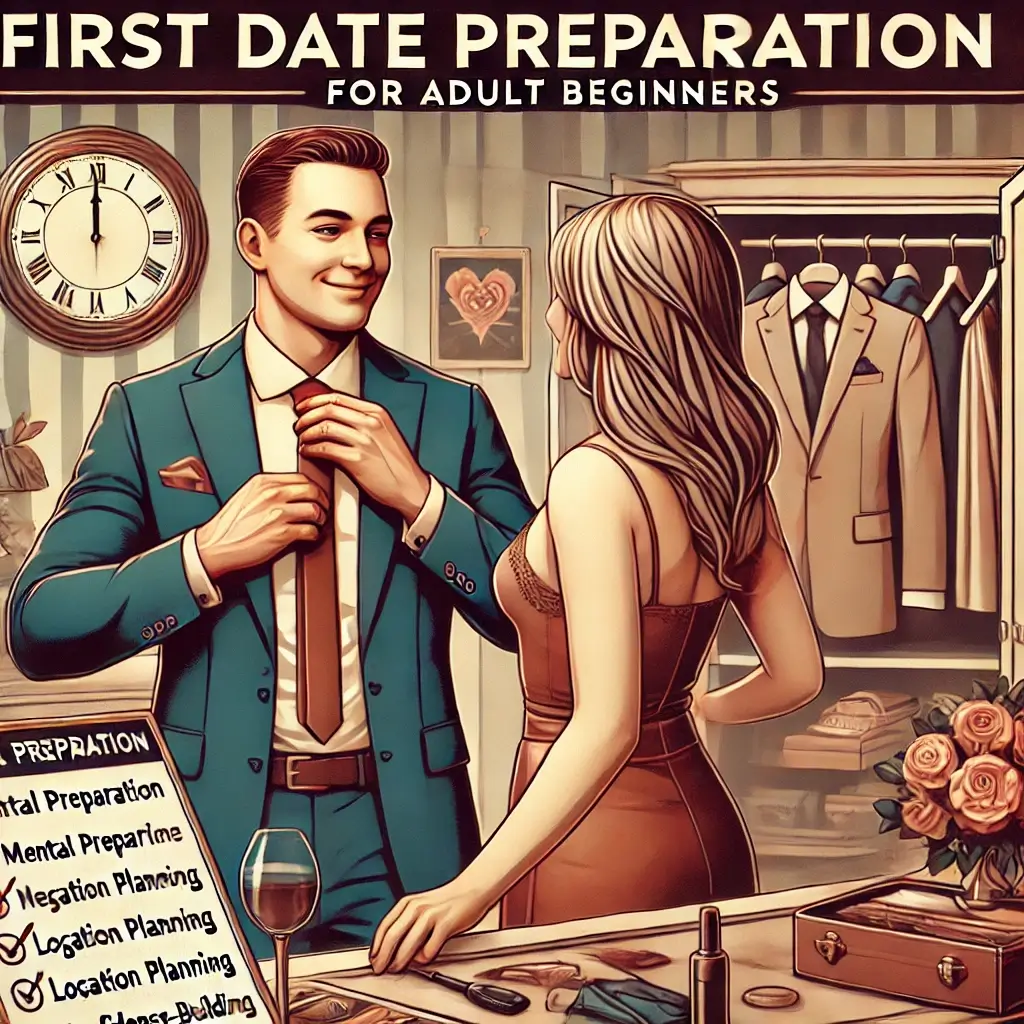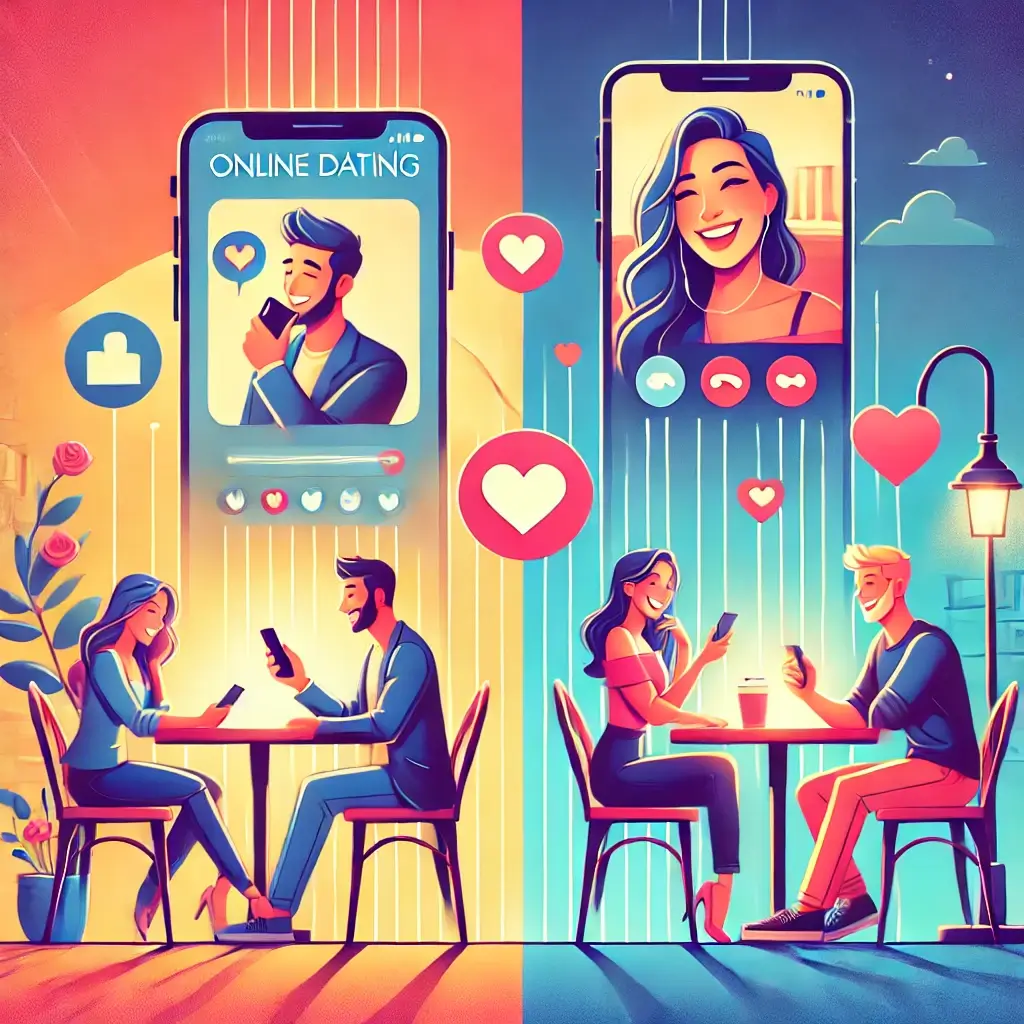How Do You Get Over Lust and Fall in Love?
Love is a powerful emotion that often makes one feel lost and bewildered. By considering these and other factors, learn how love works and what it means. For example, knowing the difference between affection and lust can help you make better partnership choices. Like any other emotion, falling in love has three distinct phases: desire, infatuation, and attachment.
Lust
Hormones like testosterone in males and estrogen in women are produced during the lust stage. An evolutionary imperative drives hormone production to locate and mate with suitable mates. The libido, or the drive for erotic pleasure, is stimulated by this hormone. Pheromones, odorless compounds that excite the senses and trigger early urges, are also produced during lust. They can stimulate a libidinal response by being lifted and drop on someone else’s nostrils.
Attraction
In the second phase of passionate love, we become obsessed with our partners and experience positive emotions as we daydream about spending time with them. We could experience palpitations and cardiac palpitations. Hormones like norepinephrine, dopamine, and serotonin play a role in triggering these emotions.
Attachment
The pituitary gland in both males and women secretes vasopressin during attachment. Because of this hormone, couples are more likely to stick together and maintain healthy partnerships. However, promiscuous people may be tamed by this because they will be less likely to seek out sexual partners actively.
In addition to helping us feel closer to our companions, this hormone encourages us to open up to them about our challenges and concerns, which is crucial to developing confidence. Although the attachment period does not persist in every enduring relationship, it is characteristic of many. It’s important to remember that a solid relationship with your spouse results from a lot of effort and dedication.
If you believe you are in the attachment phase, it is essential to pause and reflect on your current emotional state. This way, you can determine if the emotion emanates from a healthy location.
You’ll also be able to see whether or not your partnership is developing typically. For instance, if the number of dates you go on together decreases, this could indicate a shift in your interest.
Challenge for Couples
It can be challenging to determine if your initial feelings for your companion are desire or love, especially at the beginning of a new relationship. Of course, both are prevalent, but the urge typically comes with more force. Which option you select is ultimately up to you. The concept can be very captivating; you must choose between love and desire, but it’s crucial to remember that they’re two feelings that can’t be weighed against one another. Knowing the differences between lust and love can help you manage relationships more effectively, even though there’s no way to foresee what steps will lead to love or whether a relationship will advance from lust to love. Therefore, you can set priorities based on what’s most important to you and proceed with developing a connection with more confidence and comfort.













